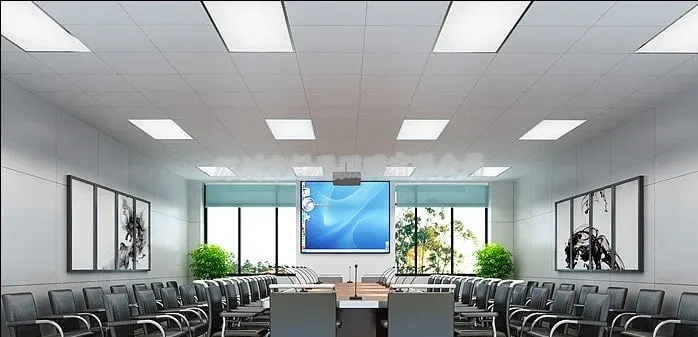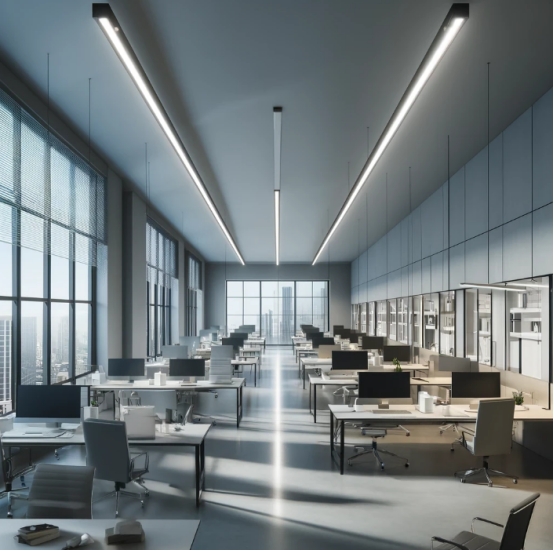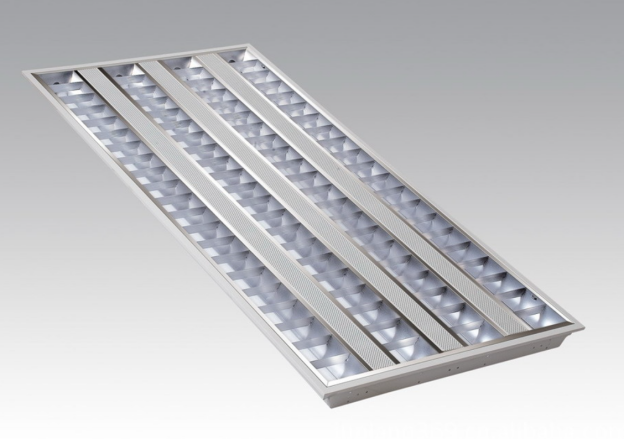What are LED Panel Light Used for?
- Office
- Hospital
- Supermarket
- School /Classroom
- Bank Building
- Workshop
- Fast Food Restaurant
- Fitness room
- Conference Room
- Showroom
Here are some things you need to be aware of
- You need to know the things to pay attention to when using panel lights in different scenarios?
- Different installation methods of panel lights
- The basic knowledge of panel lights
- What are the styles of panel lights on the market
I am Vicky Zhang, Co-Founder of Olam Lighting Shenzhen Co., Ltd.
Let me explain it to you slowly.
- Office
In an office setting, the implementation of panel lights has become a game-changer for enhancing the working environment. The focus primarily lies on the color temperature, brightness, and glare value of these lighting fixtures. Typically, a glare value lower than 19 is more suitable for office use, as it prevents eye strain and reduces visual fatigue. The carefully designed color temperature of panel lights ensures a comfortable and productive atmosphere. A balanced color temperature promotes a sense of alertness and concentration, which is crucial for productivity during long working hours. With the right brightness level, these lights illuminate the workspace adequately without causing any harsh glares or shadows. One of the key advantages of panel lights in offices is their ability to mitigate eye strain effectively. By reducing glare and maintaining a comfortable brightness level, they create a visually soothing environment, minimizing the risk of eye fatigue and discomfort. Employees can focus better on their tasks, leading to improved productivity and overall well-being. Moreover, panel lights are energy-efficient and durable, resulting in cost savings for the office. Their sleek and modern design also adds a touch of sophistication to the workspace, enhancing the overall aesthetic appeal.
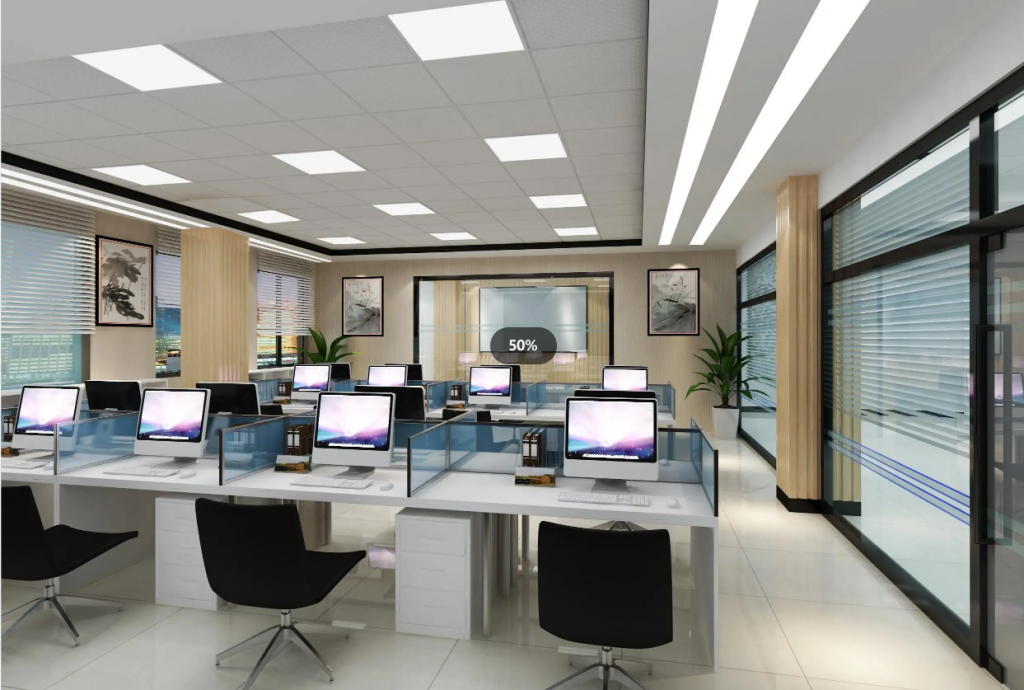
- Hospital
Hospitals are essential public spaces where lighting plays a crucial role, often operating for extended hours, sometimes exceeding 12 hours. Therefore, the focus lies on the quality of lighting fixtures, as higher quality lights tend to have longer lifespans. Hospitals comprise different areas, each with specific lighting requirements. In public areas, the emphasis is on brightness, while in patient rooms, panel lights with the right color temperature are preferred. Patients, in their weakened state, tend to favor warm/natural white lights, such as 3000K or 4000K. Moreover, attention is also given to glare values, as lower glare ensures patient comfort. In doctors’ consultation rooms, the spotlight is on panel lights with high color rendering index (CRI) and brightness, along with low Unified Glare Rating (UGR) and high Coefficient of Utilization (COI) values. A typical requirement would be CRI>90Ra, UGR<19, and COI>3.0, as these factors aid doctors in accurately observing patients’ medical conditions and their reflex responses. By carefully selecting panel lights that meet these criteria, hospitals create an environment conducive to patient recovery, staff productivity, and efficient medical assessments. The longevity and performance of high-quality lighting fixtures also contribute to cost-effectiveness, ensuring that hospitals can focus more on patient care while maintaining a well-lit and comfortable atmosphere.
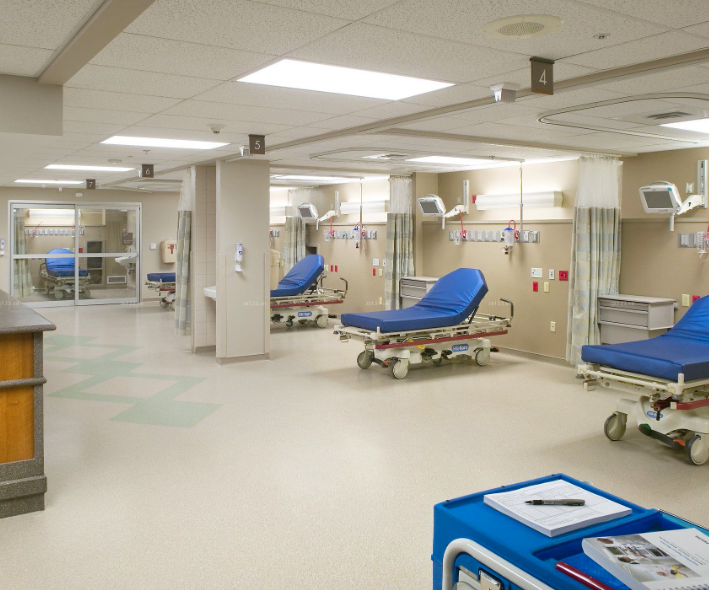
- Supermarket
Panel lights are an excellent choice for supermarkets due to their diverse range of products and the need for a well-lit and vibrant shopping environment. As a bustling public space, supermarkets demand high brightness levels from lighting fixtures to ensure optimal visibility for customers. The Color Rendering Index (CRI) plays a significant role in this setting, with a minimum value of 80 preferred, though a CRI greater than 90 is even better. Higher CRI values enable customers to perceive product colors accurately, aiding them in making well-informed purchasing decisions.
Given the extended operating hours of supermarkets, lighting fixtures’ longevity is of utmost importance. Therefore, selecting panel lights with a minimum warranty of 5 years ensures a reliable and durable lighting solution that can withstand the demands of constant use.
Panel lights not only provide ample brightness but also offer a modern and sleek design that complements the supermarket’s aesthetic appeal. They distribute light evenly, reducing shadows and dark spots, which further enhances the shopping experience for customers.
By incorporating panel lights with high brightness, excellent color rendering, and extended lifespans, supermarkets create an inviting and shopper-friendly ambiance. These lighting fixtures not only illuminate the vast array of products but also contribute to energy efficiency and cost-effectiveness, making them an ideal lighting solution for the dynamic and bustling environment of a supermarket.
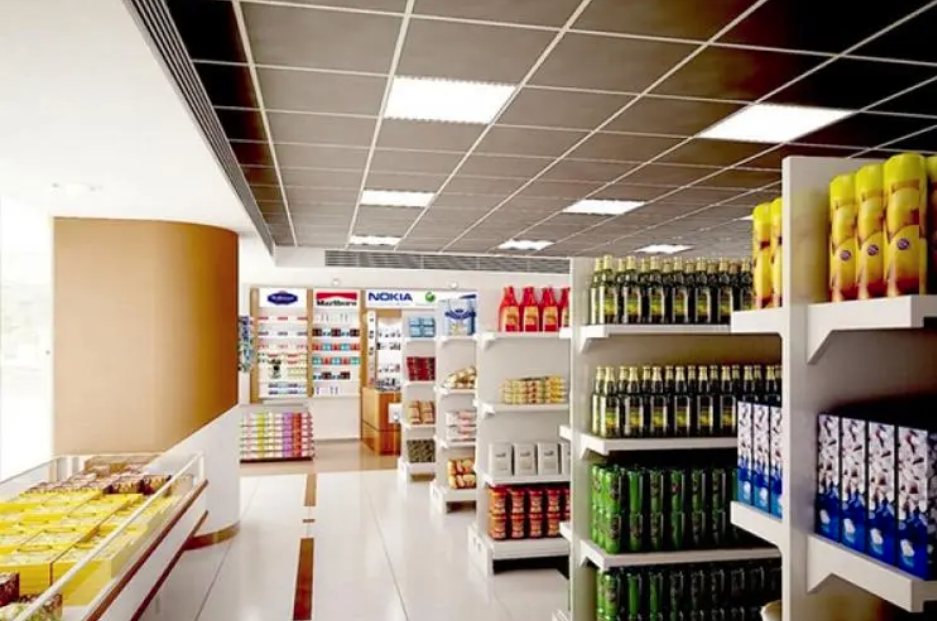
- School/Classroom
Panel lights are an ideal lighting solution for educational institutions, especially in classrooms, where concentration and focus are paramount for both students and teachers. In these unique spaces, various teaching instruments and equipment coexist, necessitating the use of panel lights with non-flickering power sources. Flickering lights could disrupt the functionality of the equipment and cause unnecessary distractions during lessons.
The well-being of students is also a significant consideration when selecting lighting fixtures for classrooms. Since students spend extended periods under these lights, it is essential to ensure high brightness levels to create an adequately illuminated learning environment. Moreover, minimizing glare is crucial to prevent eye strain and maintain a comfortable atmosphere. Panel lights with glare values below 19 fulfill the basic requirement for classroom lighting, reducing the risk of discomfort and fatigue among students.
Furthermore, a Color Rendering Index (CRI) of 80 is sufficient for educational settings, as it allows for accurate color representation, aiding in visual clarity during lessons and presentations.
By employing panel lights that meet these specifications, schools can create conducive learning spaces, promoting better engagement, attentiveness, and overall academic performance among students. These lighting fixtures also contribute to a productive and harmonious classroom environment, facilitating effective teaching and learning experiences for both educators and learners.
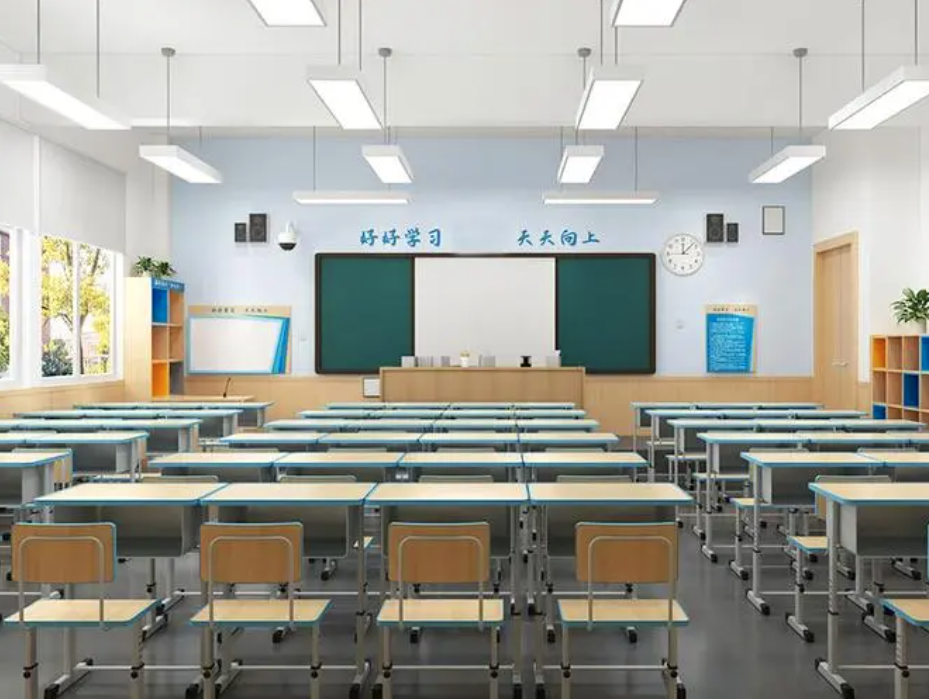
- Bank Building
Panel lights are an excellent choice for the offices in banking buildings, where precision and high levels of concentration are crucial. Bank employees often engage in tasks that require sustained focus, dealing with significant amounts of data and text-related work on a daily basis. Therefore, panel lights with a color temperature close to natural light are preferred. Optimal color temperature for such environments is typically between 4000K to 5000K, promoting alertness and enhancing visual clarity. A high Color Rendering Index (CRI) of at least 80, along with low glare and high brightness, ensures that employees can effectively immerse themselves in their work. The lighting setup must also include non-flickering power sources to prevent any disruptions to the bank’s machinery and operations.
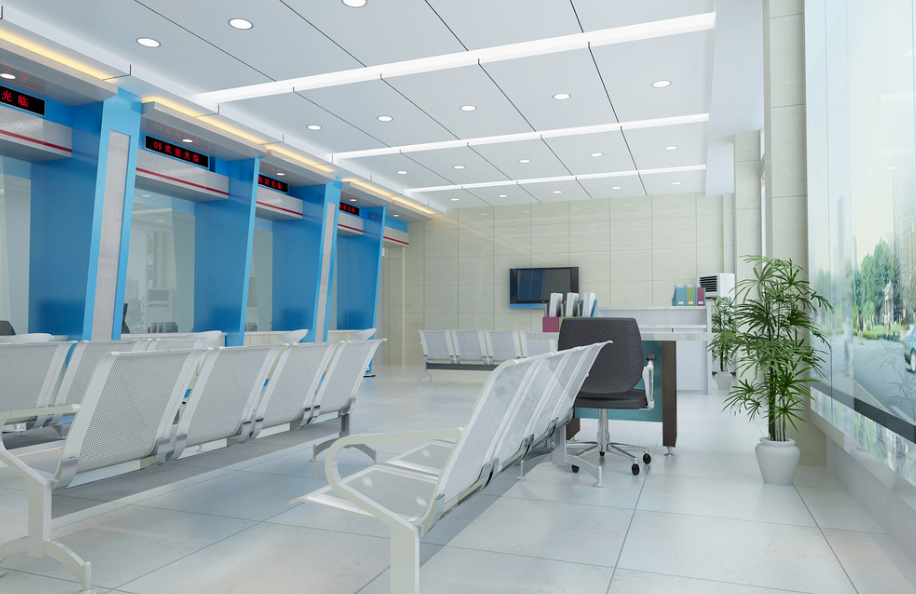
- Workshop
In a manufacturing workshop, employees often work long hours in a complex and demanding environment, which can lead to fatigue. To address this issue, lighting with a color temperature ranging from 5000K to 6000K is commonly used. The cool color temperature helps enhance work efficiency and maintain vitality, allowing the workforce to stay alert and energized.
By employing such lighting in the workshop, the aim is to create a bright and invigorating atmosphere that combats the potential challenges of a demanding work environment. The cool-toned light not only improves visibility but also contributes to the overall well-being and performance of the employees.
Optimizing the lighting in the workshop becomes crucial in fostering a productive and safe working environment. Adequate illumination, along with the right color temperature, helps reduce eye strain and supports the focus and concentration required for handling intricate tasks and machinery.
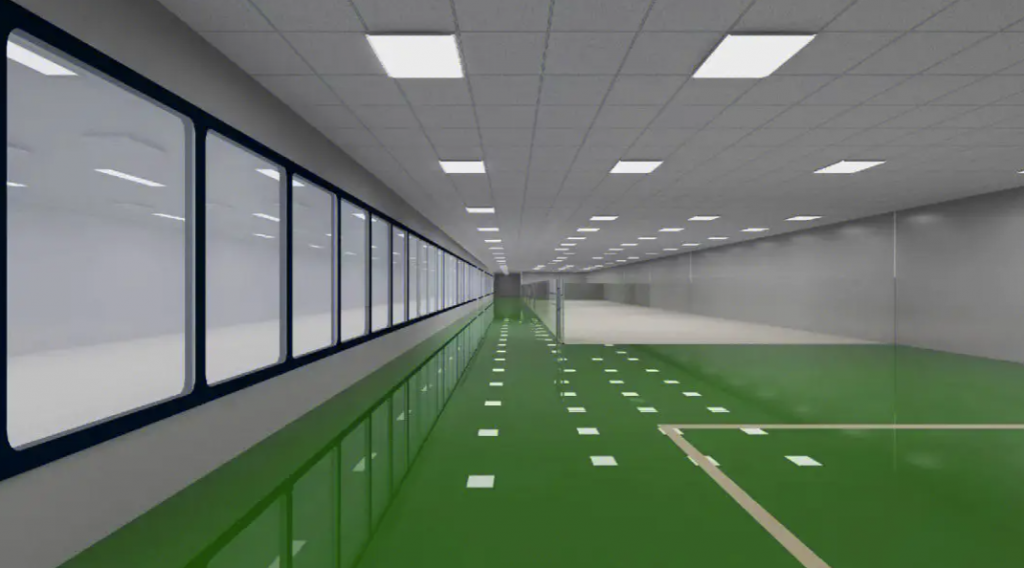
- Fast Food Restaurant
Fast-food restaurants boast a minimalist and spacious interior design, primarily catering to the needs of quick and convenient meals. Customers prioritize health, safety, and efficiency when it comes to their food choices. As such, the restaurant’s environment must exude cleanliness, tidiness, and brightness. Therefore, lighting fixtures within these establishments typically fall within the color temperature range of 4000K to 4500K to ensure a comfortable dining experience.
The choice of lighting temperature is carefully curated to create a welcoming ambiance that encourages customers to dine at ease. Bright yet soothing lighting enhances the appeal of the restaurant, making it a pleasant and enjoyable space for patrons to enjoy their meals.
By adhering to these lighting preferences, fast-food restaurants successfully cultivate an inviting atmosphere that complements their core values of quick service and a focus on customer satisfaction. A well-lit and pleasant environment contributes to a positive dining experience, leaving customers satisfied and eager to return.
Fitness room
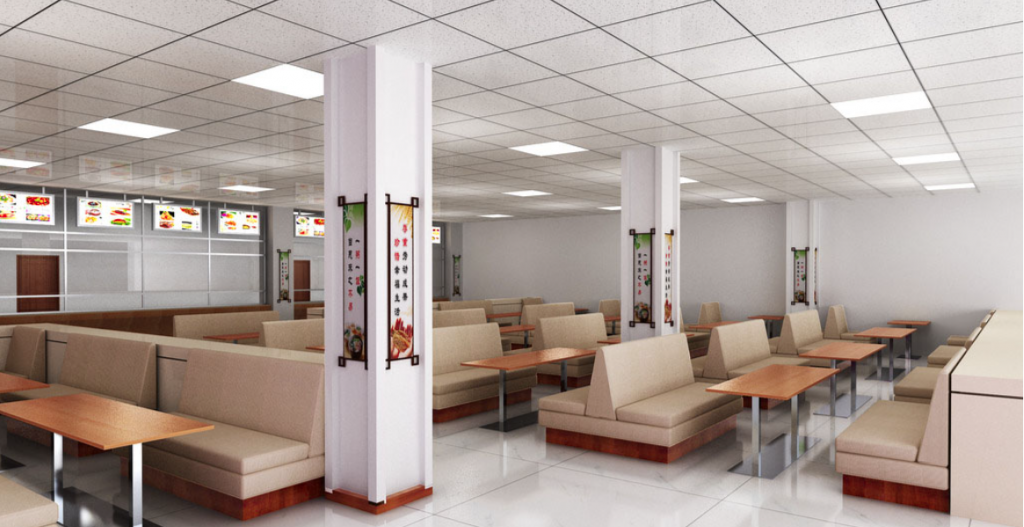
- Conference Room
A conference room is a dedicated space for holding meetings, seminars, or other business-related activities, each with varying lighting requirements based on its specific purpose. In the case of large conference rooms, higher brightness levels are often sought after, while glare is generally not a significant concern. Consequently, conventional lighting products can be utilized to reduce costs without compromising on functionality.
The versatile nature of conference rooms demands adaptable lighting solutions. For larger gatherings, ample brightness is essential to ensure clear visibility and maintain a professional atmosphere. As attendees are primarily focused on the meeting’s content, specific requirements for low glare lighting are typically not a priority.
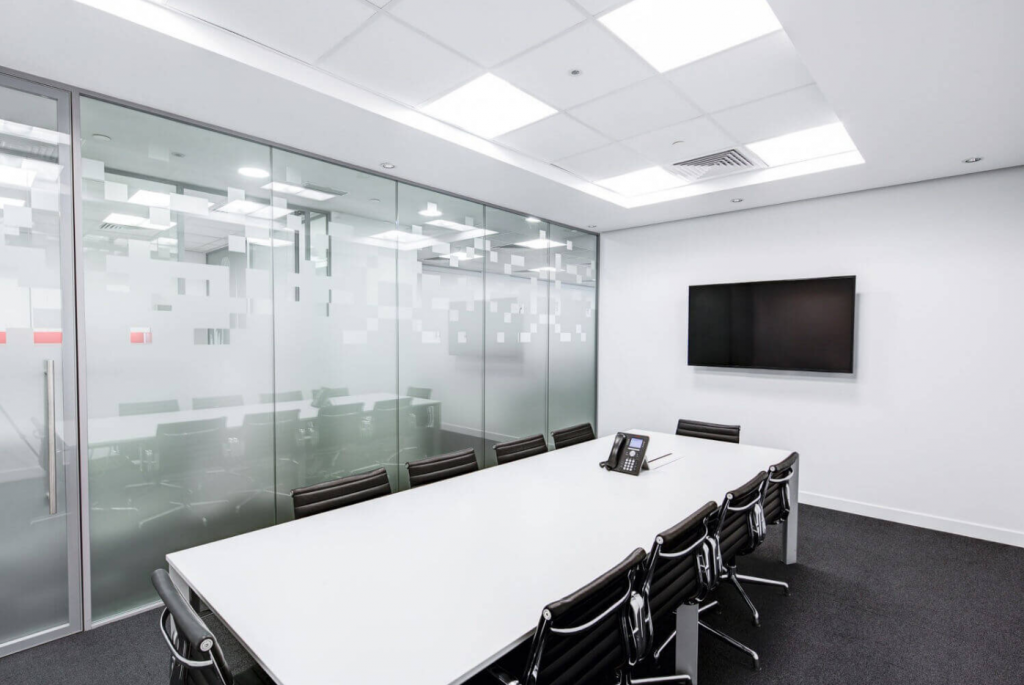
- Showroom
Showroom come in various forms, showcasing a diverse array of products, each with specific lighting requirements concerning brightness and color temperature. To cater to the unique ambiance and style of the exhibition and the products being displayed, the expertise of a professional lighting designer becomes a crucial consideration.
A skilled lighting designer possesses the expertise to create customized lighting solutions that align with the exhibition hall’s theme and complement the showcased products. They carefully assess the exhibition’s layout, the nature of the exhibits, and the desired atmosphere to determine the optimal lighting design.
For instance, certain exhibits might benefit from higher brightness levels to highlight intricate details, while others may require warmer or cooler color temperatures to evoke a specific mood or aesthetic. The lighting designer’s keen eye ensures that the illumination enhances the overall visitor experience, drawing attention to key elements and evoking the intended emotional responses.
By enlisting the services of a professional lighting designer, exhibition organizers can ensure that the lighting perfectly aligns with the exhibition’s vision, elevating the impact of the displays and creating a captivating and immersive environment for visitors to explore.
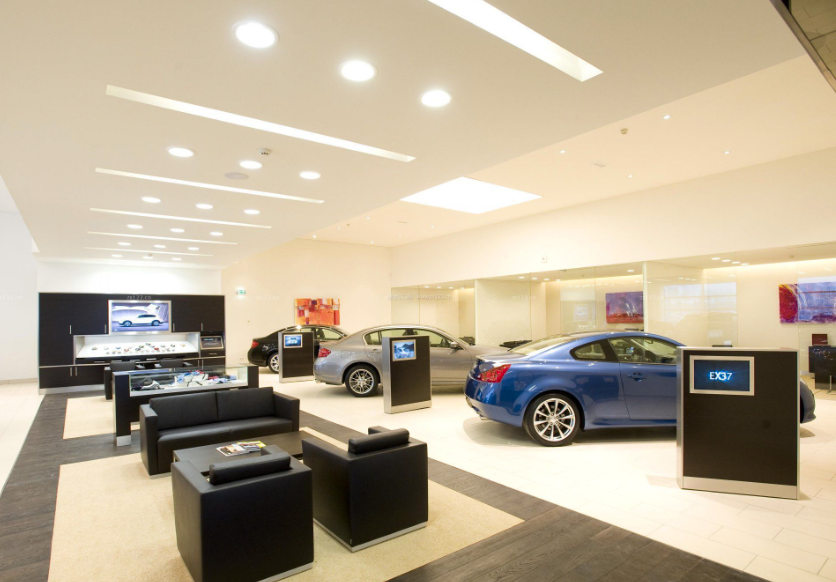
We already know that the panel light is used in 10 different scenarios, so you also need to understand the installation method of the panel light
There are generally 3 kinds of installation methods
- Built-in Installation: Built-in installation involves recessing the panel light into a ceiling grid or a specially designed cutout in the ceiling. The process typically starts by measuring and marking the desired location for the panel light. A hole is then cut into the ceiling to fit the dimensions of the panel. After that, the panel light is inserted into the cutout, and it is secured in place using mounting brackets or clips. The panel is then connected to the electrical wiring, and any additional finishing touches are made to ensure a seamless integration with the ceiling.
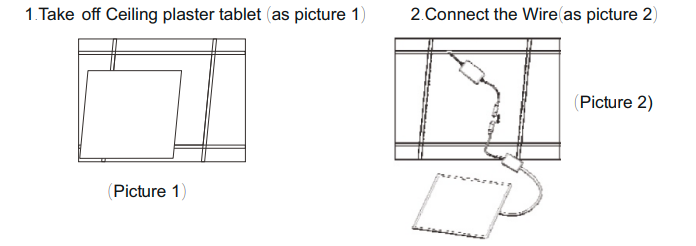
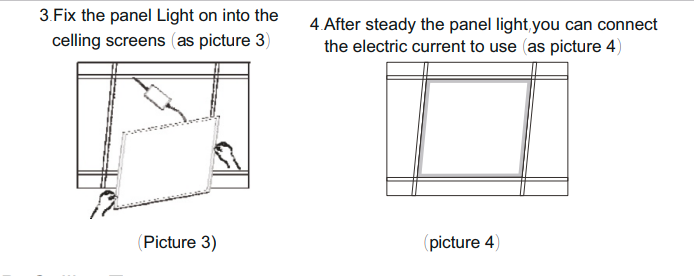
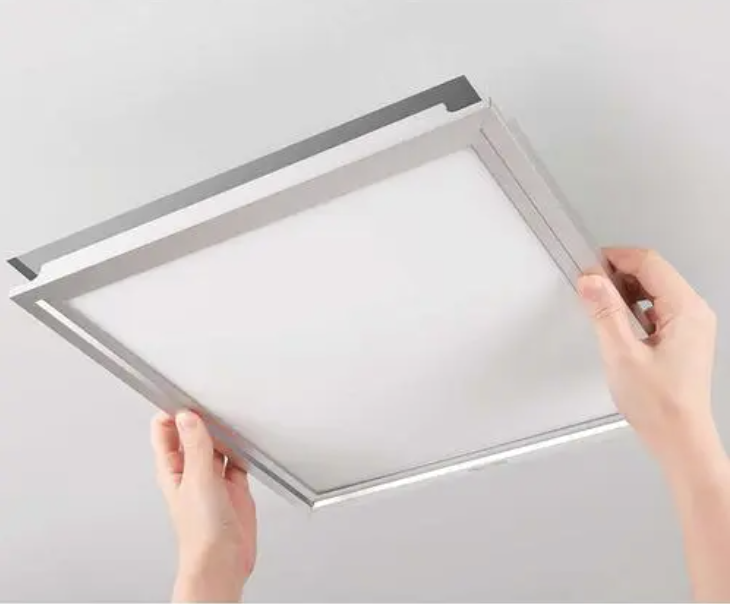
- Surface Mounting Installation: Surface mounting is a straightforward installation method where the panel light is directly mounted onto the surface of the ceiling or a flat wall. The installation process begins by positioning the panel light on the desired location and marking the mounting points. Holes are then drilled into the surface to accommodate the mounting screws or brackets. The panel light is secured onto the surface using the screws or brackets, and the electrical connections are made to power the light.
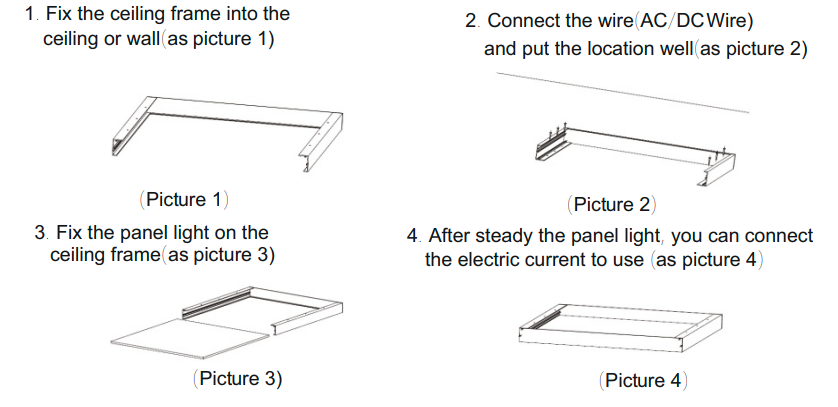
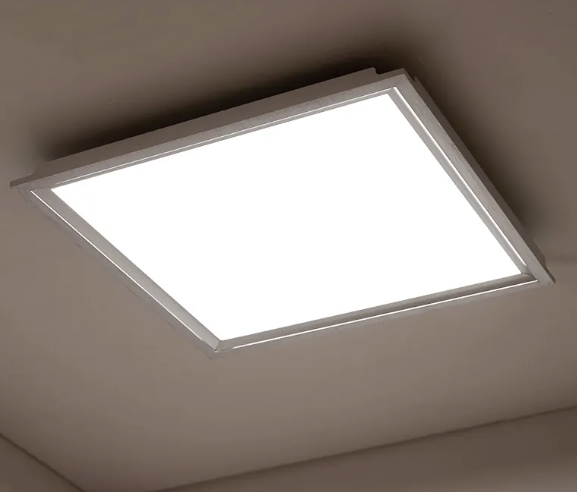
- Suspension Installation: Suspension installation involves hanging the panel light from the ceiling using suspension cables or chains. The process starts by determining the desired height at which the panel light will be suspended. Ceiling anchors or hooks are installed at the appropriate locations, and the suspension cables or chains are attached to the panel light and then connected to the anchors or hooks. The height can be adjusted as needed before securing the suspension system. Finally, the electrical connections are made to power the suspended panel light.
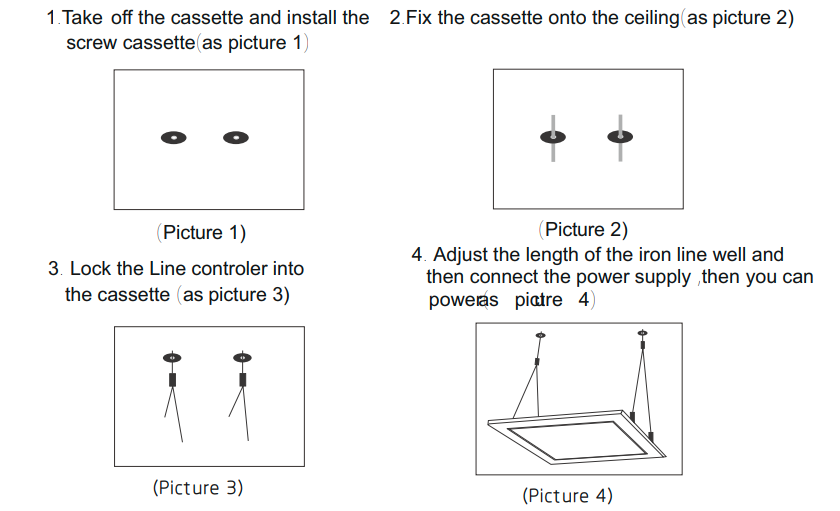
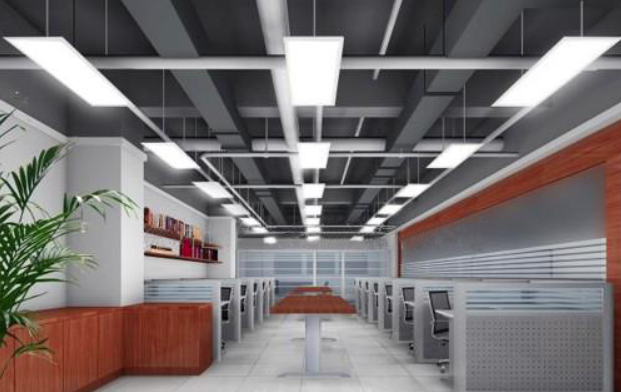
Each installation method offers its advantages and considerations, and the choice of the installation method will depend on the specific requirements and aesthetics of the given space.
- The Basic Knowledge of Panel Lights
- Size: 600x600mm, 300x1200mm,300x600mm, 600x1200mm, 620x620mm
- Color temperature(CCT): 2700-3500K, 4000-4500K, 5000-5500K, 6000-6500K
- CRI(color rendering index): >80Ra, >90Ra, >95Ra
- Power (Wattage): 20W, 30W, 40W, 50W,60W
- Driver Function: on/off, Dimmable (1-10V dimming, DALI dimming)
- Glare index : UGR<16, UGR<19, UGR>22 optional.
- More details about panel light, you can contact us, We can provide professional service for your space.
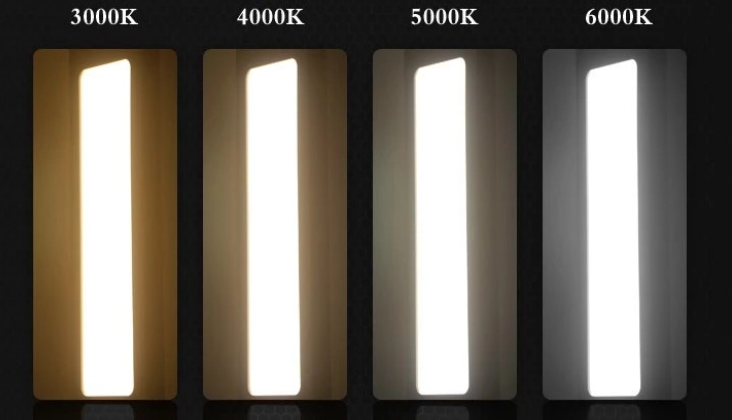
- What are the styles of panel lights on the market
- Back-lit Panel Light
- Edge-lit Panel Light
- Modular Panel Light
Back-lit Panel Light:
Back-lit panel lights have LED light sources positioned at the back of the panel. The light is directed towards the front diffuser, which spreads and diffuses the light evenly across the panel’s surface. This design helps reduce glare and provides uniform illumination. Back-lit panel lights are known for their high brightness levels and are suitable for various applications, including offices, commercial spaces, and educational institutions.
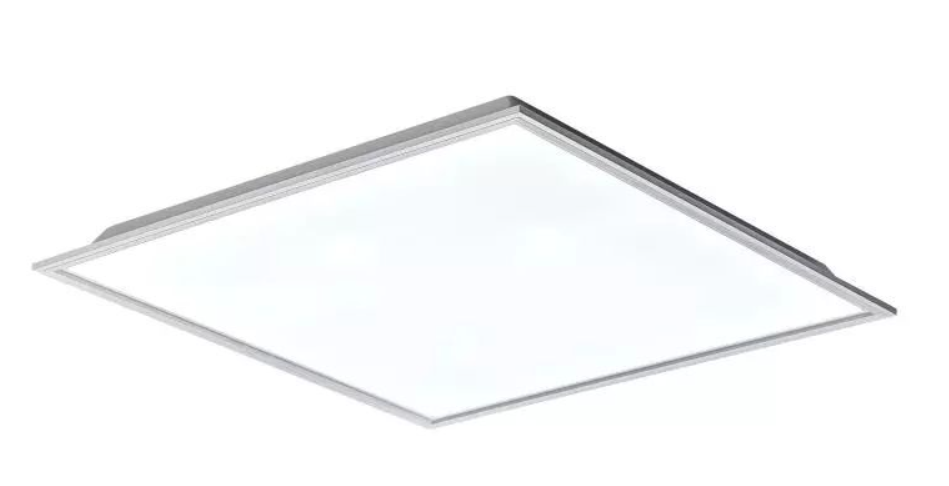
Edge-lit Panel Light:
Edge-lit panel lights feature LED light sources located along the edges of the panel. The light is guided towards the center of the panel and then diffused to create an even distribution of light across the surface. Edge-lit panels typically have a thinner profile and a sleek design, making them suitable for installations in spaces with limited ceiling depth. They offer a more contemporary and minimalist appearance and are commonly used in modern office settings, retail environments, and hospitality venues.
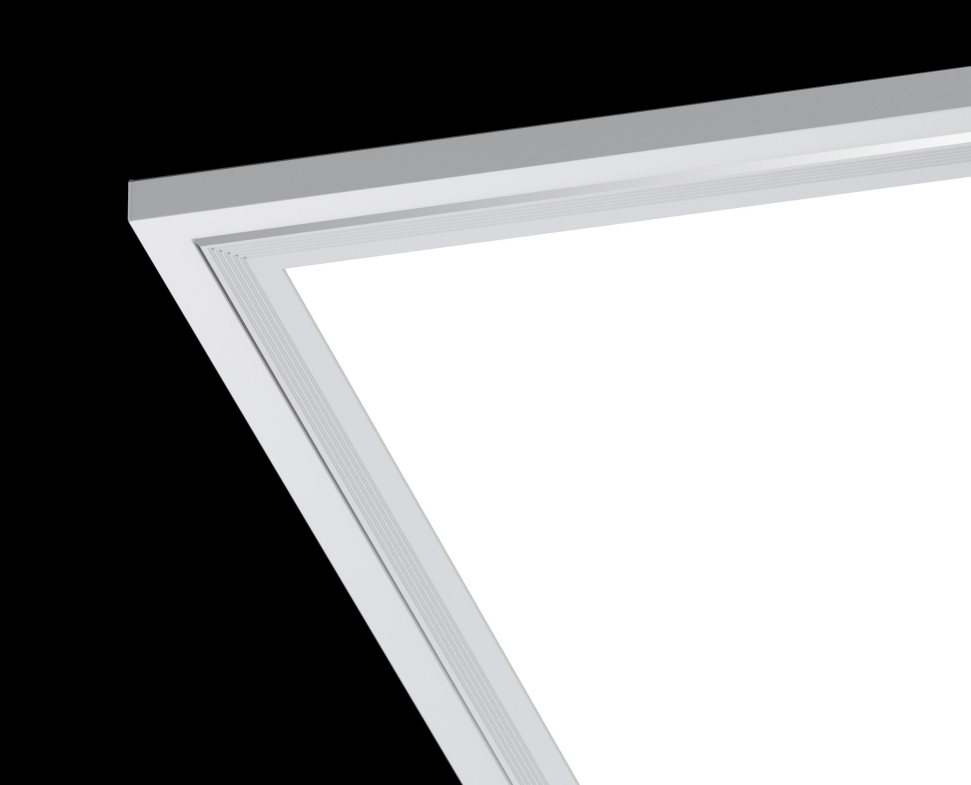
https://www.olamled.com/product/led-panel-light/
Modular Panel Light:
Modular panel lights are designed with replaceable and interchangeable modules. These modules can be easily replaced if they become damaged or outdated, allowing for a more sustainable and energy-efficient lighting solution. The ability to replace individual modules instead of the entire fixture helps reduce waste and prolongs the lifespan of the lighting system. Modular panel lights are preferred in settings where maintenance and environmental considerations are essential, such as large commercial buildings, warehouses, and industrial facilities.
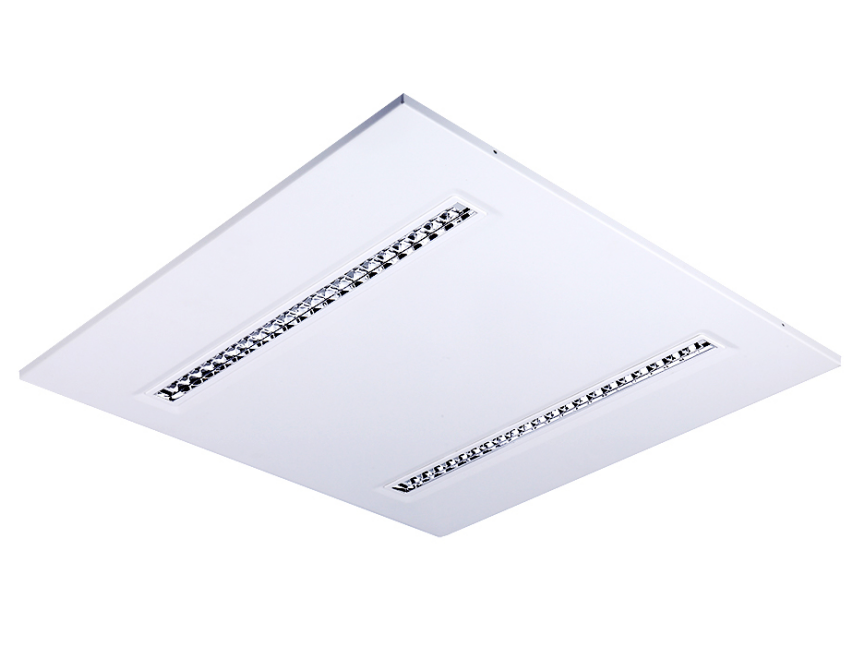
LED Modular Panel Light, Easy to replace modules, environmental protection and energy saving
https://www.olamled.com/product/led-modular-panel-light/
Each type of panel light offers distinct benefits and applications, providing a diverse range of lighting solutions for various indoor environments. The choice of panel type will depend on the specific lighting requirements, aesthetics, and sustainability goals of the space.
- What are the waterproof levels of the panel lights?
IP40, IP44, IP65
IP40:
IP40 is a relatively low level of waterproof protection. It means that the panel light is protected against solid objects larger than 1mm in size and has no protection against water. Panel lights with an IP40 rating are suitable for indoor use in dry environments where there is no direct exposure to water. They are commonly used in offices, residential spaces, and other indoor areas where moisture or water ingress is not a concern.
IP44:
IP44 offers a moderate level of waterproof protection. It indicates that the panel light is protected against solid objects larger than 1mm and splashing water from any direction. Panel lights with an IP44 rating are suitable for use in areas where there may be occasional splashes or exposure to water, such as bathrooms, kitchens, and outdoor covered spaces. They are designed to withstand moisture and ensure safety in potentially damp environments.
IP65:
IP65 provides a high level of waterproof and dustproof protection. It means that the panel light is protected against solid objects larger than 1mm and low-pressure water jets from any direction. Panel lights with an IP65 rating are ideal for outdoor use and areas with high humidity or wet conditions, such as gardens, outdoor walkways, and car parks. They are also suitable for industrial settings where there may be exposure to water, dust, or other harsh environmental conditions.
Choosing the appropriate IP rating for panel lights depends on the specific application and the level of protection required for the given environment. It is essential to consider the location and potential exposure to water or moisture to ensure the longevity and safety of the lighting fixtures.
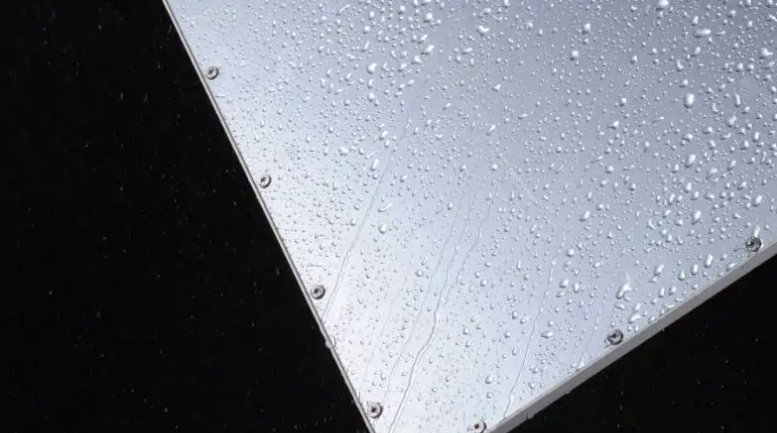
IP65 Edge-lit Panel Lights.
Conclusion
Panel lights are versatile and energy-efficient lighting fixtures used in various indoor spaces like offices, schools, hospitals, supermarkets, and more. They come in different types, including back-lit and edge-lit panels, each offering unique features and design possibilities.
The choice of panel light depends on the specific lighting requirements and aesthetics of the environment. For example, in offices, higher color temperatures (5000K-6000K) can help improve focus and productivity, while in hospitals, warmer color temperatures (3000K-4000K) create a soothing atmosphere for patients.
Panel lights are installed through three common methods: built-in, surface mounting, and suspension, offering flexibility in design and installation to suit different spaces.
Moreover, IP ratings determine the level of waterproof protection for panel lights. IP40 is suitable for dry indoor spaces, IP44 for areas with occasional splashes, and IP65 for outdoor or wet environments.
Finally, I encourage everyone to consider OLAMLED panel lights for their lighting needs. With OLAMLED’s high-quality, energy-efficient, and sustainable lighting solutions, you can enhance your workspace, reduce energy consumption, and create a comfortable and well-lit environment for various applications.
So, let’s make the switch to OLAMLED panel lights and experience the benefits of advanced lighting technology!
